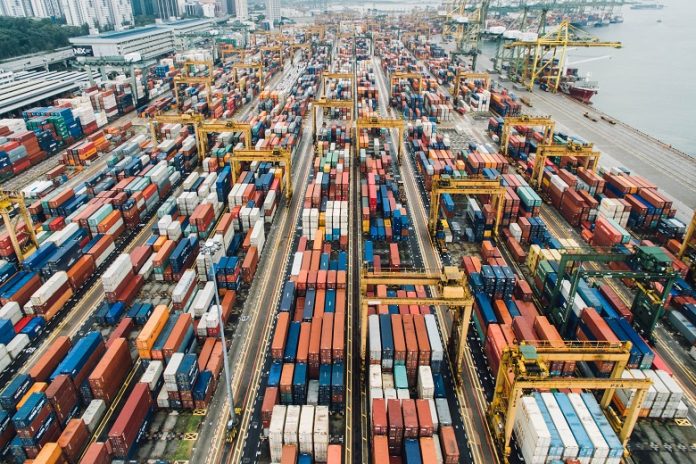New data analysed and released by project44 shows vessels waiting to berth in Asia recorded an average increase from 13 days in December to 16.7 days in January. Hong Kong, which has increased COVID cases, is top of the list with the most extensive increase from 17.5 days to 22.5 days.
While the omicron variant continues to impact ports and supply chains, even the lower volumes anticipated during Lunar New Year haven’t helped major ports clear out the backlog of containers.
The trade causality in all of this is exports, seeing as the supply chain is not equipped to handle this level of consumer demands for goods. As a result, the wait times for global exports are increasing.
Another factor contributing to the port congestion is prioritising empty over full export containers. In 2021, the Port of Los Angeles exported 3.95 million empty containers compared to 1.18 million full containers. At the end of January 2022, approximately 62,253 empty containers were waiting at the Port of Los Angeles to be shipped out.
With delays happening on both ends of the trans-Pacific West trade lane, the ripple effects of port congestion on the rest of the world will continue. New shipping capacity coming on in the future will only add to the wait.
Source: www.freightwaves.com






































